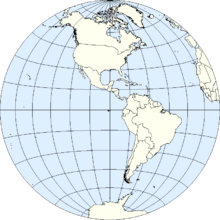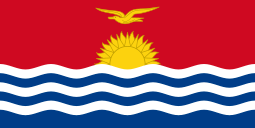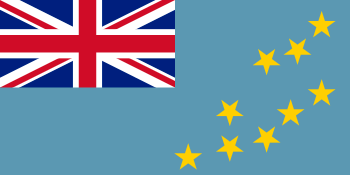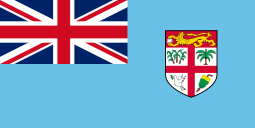Western Hemisphere

The Western Hemisphere is a geographical term[1][2] for the half of Earth which lies west of the prime meridian (which crosses Greenwich, London, United Kingdom) and east of the antimeridian. The other half is called the Eastern Hemisphere.[3]
Geography
The Western Hemisphere consists of the Americas, the western portions of Eurasia and Africa, the extreme eastern tip of Siberia (Russia), numerous territories in Oceania, and a portion of Antarctica, while excluding some of the Aleutian Islands to the southwest of the Alaskan mainland.
In an attempt to define the Western Hemisphere as the parts of the world which are not part of the Old World, there also exist projections which use the 20th meridian west and the diametrically opposed 160th meridian east to define the hemisphere.[1] This projection excludes the European and African mainlands and a small portion of northeast Greenland, but includes more of eastern Russia and Oceania.
The center of the Western Hemisphere is located in the Pacific Ocean at the intersection of the 90th meridian west and the Equator, among the Galápagos Islands. The nearest land is Genovesa Island at 0°19′00″N 89°57′00″W / 0.316667°N 89.95°W.
The highest mountain in the Western Hemisphere is Aconcagua in the Andes of Argentina at 6,960.8 metres (22,837 ft).[4]
Sovereign states in both hemispheres
Below is a list of the sovereign states which are in both the Western and Eastern Hemispheres on the IERS Reference Meridian, in order from north to south:











Below is a list of the sovereign states which are in both the Western and Eastern Hemispheres along the 180th meridian, in order from north to south:






Countries and territories in the Western Hemisphere but not in the Americas
The following countries and territories lie outside the Americas yet are entirely/mostly or partially within the Western Hemisphere:
References
- 1 2 Olson, Judy M (1997), "Projecting the hemisphere", in Robinson, Arthur H; Snyder, John P, Matching the map projection to the need, Bethesda, MD: Cartography and Geographic Information Society, American Congress on Surveying and Mapping
.
- "Western Hemisphere", Merriam-Webster's Geographical Dictionary (3rd ed.), Springfield, Massachusetts: Merriam-Webster, 2001, p. 1294 . - ↑ Oxford Dictionary of English (2nd ed.), London, UK: Oxford University Press, 2006, p. 2001
- "Western /western%20hemisphere", Merriam Webster's Online Dictionary (based on Collegiate vol., 11th ed.), Springfield, MA: Merriam-Webster, 2006 - ↑ "Western Hemisphere", Britannica.com
- ↑ "Informe científico que estudia el Aconcagua, el Coloso de América mide 6960,8 metros" [Scientific Report on Aconcagua, the Colossus of America measures 6960,8m] (in Spanish). Universidad Nacional de Cuyo. 2012. Archived from the original on September 8, 2012. Retrieved September 3, 2012.
External links
